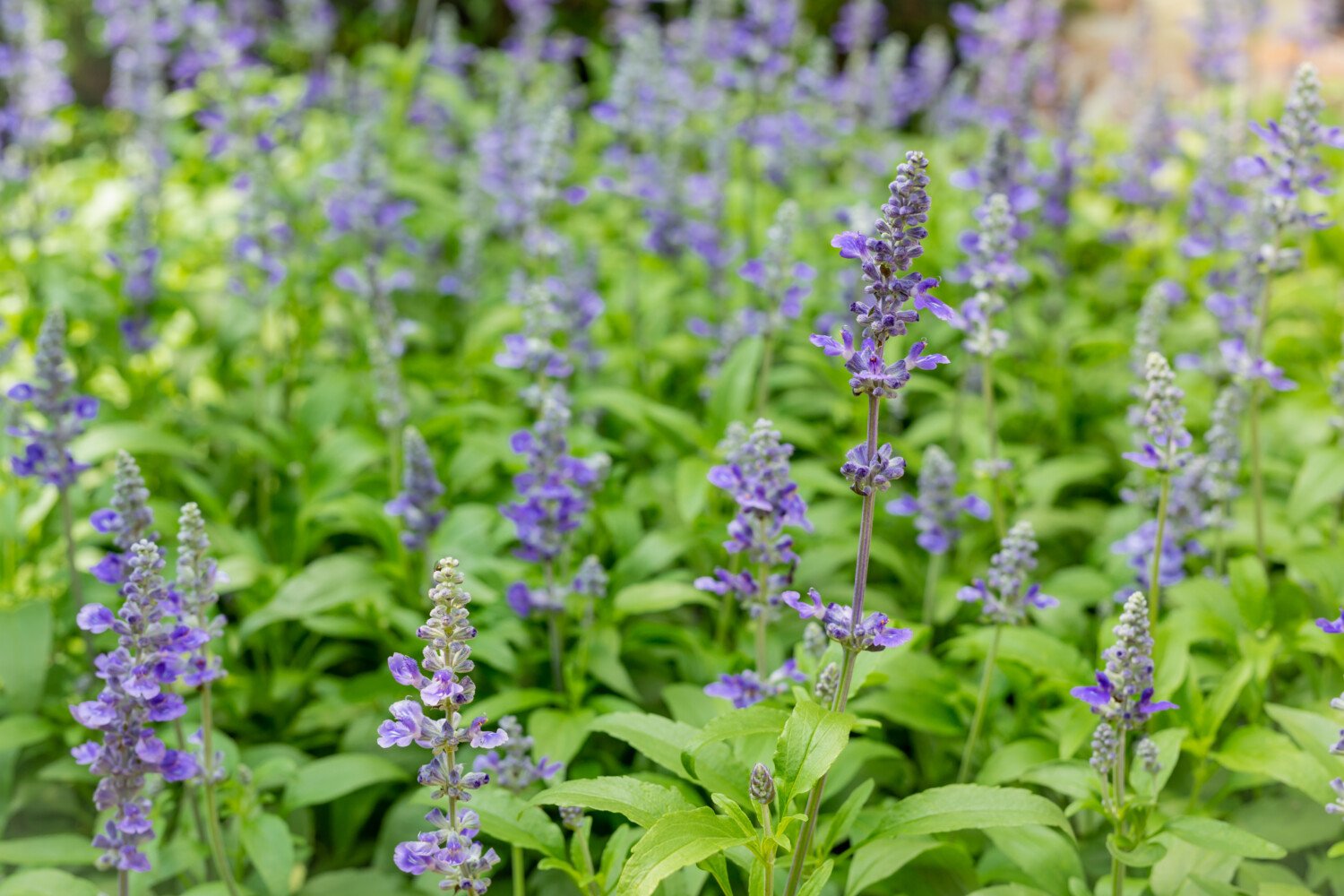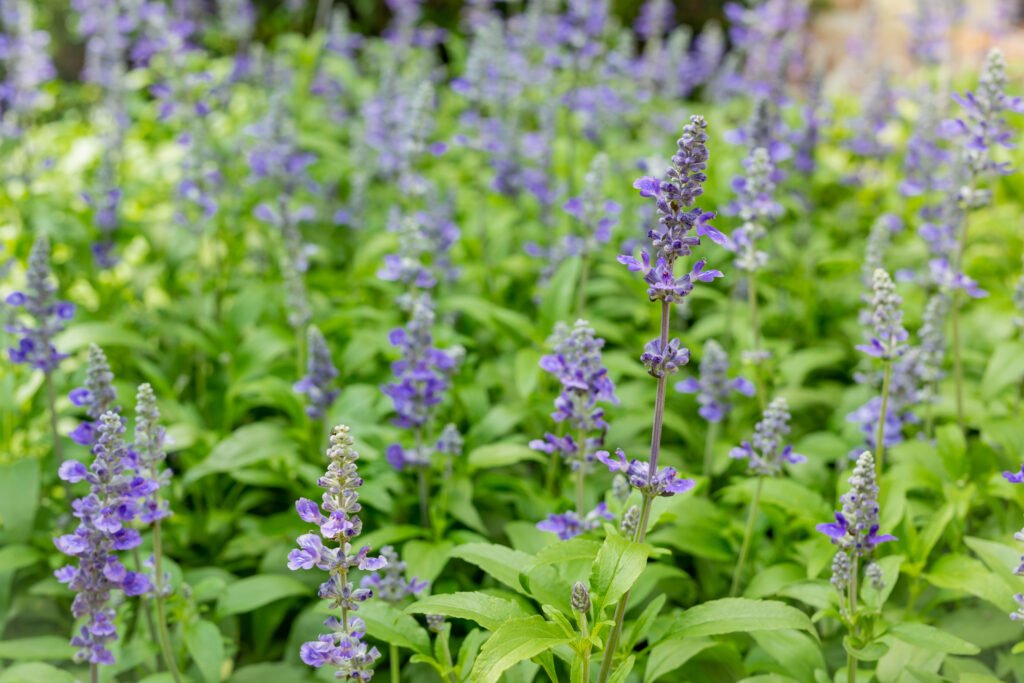
Russian Sage (Perovskia atriplicifolia) is a stunning perennial plant known for its aromatic foliage and delicate lavender-blue flowers. It’s a low-maintenance plant that adds a touch of elegance to any garden with its airy texture and long-lasting blooms. If you’re interested in growing and caring for Russian Sage, follow these simple steps:
Choosing the Right Location:
Russian Sage thrives in full sunlight and well-drained soil. Choose a location in your garden that receives at least 6-8 hours of direct sunlight per day. Avoid planting Russian Sage in areas with poor drainage, as it is susceptible to root rot in waterlogged soil.
Planting Russian Sage:
Plant Russian Sage in the spring or fall, when the soil is warm and workable. Dig a hole that is slightly larger than the root ball of the plant and place the Russian Sage in the hole. Backfill with soil and gently tamp down to remove air pockets. Space multiple plants about 2-3 feet apart to allow for proper air circulation.
Watering:
Russian Sage is drought-tolerant once established and prefers dry to medium moisture levels. Water newly planted Russian Sage regularly to help it establish a strong root system. Once established, Russian Sage requires minimal watering, except during prolonged periods of drought.
Pruning:
Pruning is essential for maintaining the shape and vigor of Russian Sage. In late winter or early spring, prune Russian Sage back to about 6-12 inches above the ground to encourage new growth and prevent the plant from becoming leggy. You can also deadhead spent flowers throughout the growing season to promote continuous blooming.

Fertilizing:
Russian Sage is a low-fertilizer plant and generally does not require regular feeding. However, you can apply a balanced fertilizer or compost in the spring to provide nutrients for healthy growth. Avoid over-fertilizing, as this can cause excessive foliage growth at the expense of flowers.
Winter Care:
In colder climates, Russian Sage may die back to the ground in the winter and re-emerge in the spring. Mulch around the base of the plant with a layer of organic mulch, such as straw or shredded bark, to protect the roots from freezing temperatures. Remove the mulch in the spring once new growth appears.
Pest and Disease Management:
Russian Sage is relatively resistant to pests and diseases, but it can occasionally attract aphids or develop powdery mildew in humid conditions. Monitor your plants regularly for signs of pests or disease, and treat them promptly with insecticidal soap or fungicides if necessary.
Propagation:
You can propagate Russian Sage through division or stem cuttings. Divide established plants in the spring or fall by carefully digging up the root ball and separating it into smaller sections. Plant the divisions in prepared soil and water thoroughly. Alternatively, take stem cuttings in the spring or early summer and root them in a well-draining potting mix.
By following these simple tips for growing and caring for Russian Sage, you can enjoy the beauty and fragrance of this lovely perennial in your garden for years to come. With its drought tolerance, low maintenance requirements, and stunning blooms, Russian Sage is an excellent choice for gardeners looking to add texture and color to their landscape.

0 Comments